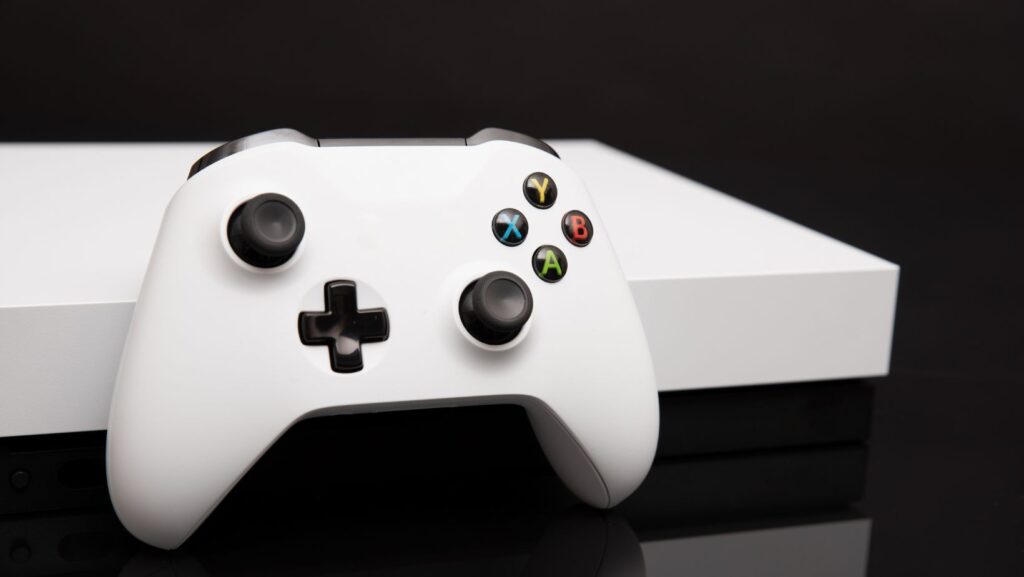In the ever-evolving world of video games, gaming consoles have stood the test of time, captivating players with their innovative technology and immersive experiences. From the vintage charm of Atari to the ultra-modern PlayStation 5 and Xbox Series X, these devices have transformed living rooms into gateways to virtual worlds. But just how many gaming consoles are there?
How Many Gaming Consoles Are There
 Estimating the exact number of gaming consoles presents a challenge due to the continuous introductions and innovations in the market. Researchers track well over 50 main console models that have significantly impacted the industry. These range from early systems like the Magnavox Odyssey, launched in 1972, to the latest generation consoles such as the PlayStation 5 and Xbox Series X released in 2020.
Estimating the exact number of gaming consoles presents a challenge due to the continuous introductions and innovations in the market. Researchers track well over 50 main console models that have significantly impacted the industry. These range from early systems like the Magnavox Odyssey, launched in 1972, to the latest generation consoles such as the PlayStation 5 and Xbox Series X released in 2020.
Major manufacturers like Sony, Microsoft, and Nintendo contribute with multiple iterations of their consoles. For instance, Sony’s PlayStation has evolved through several versions: the original PlayStation, PS2, PS3, PS4, and PS5, each with variations like slim and pro models. Similarly, Microsoft’s Xbox includes the Xbox, Xbox 360, Xbox One, and the Xbox Series X/S.
Key Gaming Console Manufacturers
This section highlights the major manufacturers who have shaped the gaming console market with their influential products.
Sony PlayStation
 Sony’s PlayStation brand revolutionized the gaming industry with the launch of its first console in 1994. Since then, it has released numerous upgrades, but notably, the PlayStation 4, introduced in 2013, remains one of the best-selling consoles worldwide. The latest in the lineup, the PlayStation 5, released in November 2020, features advanced hardware like a custom SSD for high-speed data processing and supports 4K visuals at up to 120 frames per second. Sony’s commitment to innovation is evident in their range of exclusive games and the hardware’s evolving technology.
Sony’s PlayStation brand revolutionized the gaming industry with the launch of its first console in 1994. Since then, it has released numerous upgrades, but notably, the PlayStation 4, introduced in 2013, remains one of the best-selling consoles worldwide. The latest in the lineup, the PlayStation 5, released in November 2020, features advanced hardware like a custom SSD for high-speed data processing and supports 4K visuals at up to 120 frames per second. Sony’s commitment to innovation is evident in their range of exclusive games and the hardware’s evolving technology.
Nintendo Switch
Launched in March 2017, the Nintendo Switch introduced a hybrid design that allows for use as both a portable and a home console. This versatility has appealed to a wide range of players, leading to its high sales. The console uniquely supports multiplayer gaming in a flexible format, thanks to its detachable Joy-Con controllers.
Microsoft Xbox
 Microsoft entered the gaming console market in 2001 with the original Xbox. Known for its powerful performance and integration with Microsoft’s entertainment technologies, the brand has evolved significantly. The Xbox Series X, released in November 2020, competes directly with the PlayStation 5, boasting impressive specs such as a custom RDNA 2 graphics processor and a 12 teraflop GPU for enriching gaming experiences. Microsoft also enhances gaming accessibility through its subscription service, Xbox Game Pass, which allows users to access a broad library of games.
Microsoft entered the gaming console market in 2001 with the original Xbox. Known for its powerful performance and integration with Microsoft’s entertainment technologies, the brand has evolved significantly. The Xbox Series X, released in November 2020, competes directly with the PlayStation 5, boasting impressive specs such as a custom RDNA 2 graphics processor and a 12 teraflop GPU for enriching gaming experiences. Microsoft also enhances gaming accessibility through its subscription service, Xbox Game Pass, which allows users to access a broad library of games.
Emerging Trends in Gaming Consoles
The gaming console sector continuously adapts to new technology trends, driving the evolution from traditional platforms to advanced gaming systems that cater to modern gamers’ needs.
Portable Consoles
 Portable consoles have gained significant traction, merging mobility with powerful gaming capabilities. Nintendo’s introduction of the Switch in 2017 revolutionized this category, offering both a home console experience and the portability of a handheld device. Its success has prompted competitors to explore similar innovations. For instance, Valve’s Steam Deck, released in 2022, targets PC gamers with its ability to play Steam games on the go. These devices exemplify the trend toward flexible gaming solutions that do not compromise on performance, offering features such as touchscreen controls, detachable controllers, and connectivity to larger screens.
Portable consoles have gained significant traction, merging mobility with powerful gaming capabilities. Nintendo’s introduction of the Switch in 2017 revolutionized this category, offering both a home console experience and the portability of a handheld device. Its success has prompted competitors to explore similar innovations. For instance, Valve’s Steam Deck, released in 2022, targets PC gamers with its ability to play Steam games on the go. These devices exemplify the trend toward flexible gaming solutions that do not compromise on performance, offering features such as touchscreen controls, detachable controllers, and connectivity to larger screens.
Virtual Reality and Augmented Reality Integration
Virtual Reality (VR) and Augmented Reality (AR) technologies are increasingly being integrated into gaming consoles, enhancing immersive gaming experiences. Sony’s PlayStation, for example, has invested in its VR systems since the release of PlayStation VR in 2016. With the anticipation of new VR gear compatible with the PlayStation 5, Sony continues to push boundaries in immersive gameplay. Meanwhile, Microsoft explores AR possibilities with projects like the HoloLens, which, although not primarily focused on gaming, showcases potential applications in interactive experiences. These advancements suggest a future where players can expect even more engaging and realistic environments, driven by VR and AR technologies.

